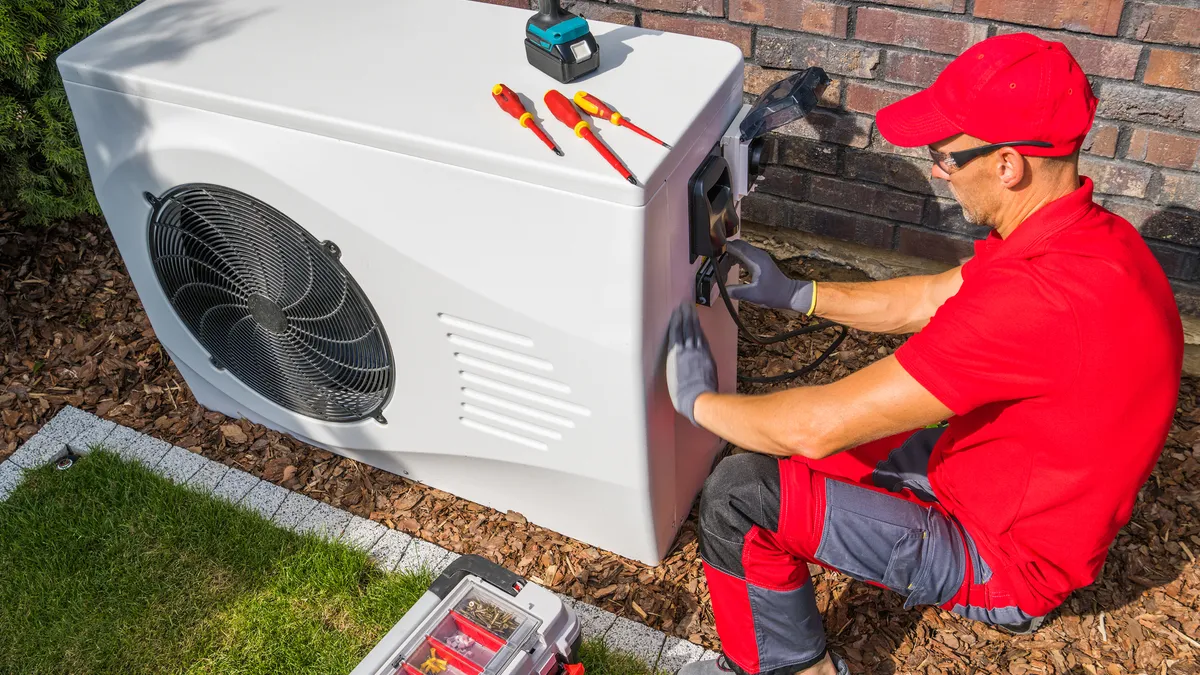About 2.34 million U.S. households garnered nearly $2.1 billion in residential energy efficiency tax credits last year, the U.S. Treasury Department said Wednesday.
The tax credits, which averaged $882 per household, were used on energy audits, heat pumps, insulation and other efficiency products.
About 1.25 million households received $6.34 billion, or an average o $5,084 each, in tax credits for clean energy projects, such as rooftop solar and battery storage, according to the Treasury.
The information marks the first glimpse at how the Inflation Reduction Act is affecting energy efficiency and clean energy tax credit usage since the credits were expanded under the 2022 law, Treasury said.
The number of families benefiting from energy efficiency and clean energy tax credits increased almost one-third compared with the 2021 tax year, before the IRA took effect, and the total value of the credits claimed increased by almost two-thirds, the department said.
Treasury said it expects the claims for 2023 will grow as more income tax returns are filed and processed, including returns filed by taxpayers who requested an extension.
Nearly 700,000 families claimed tax credits for investments for insulation and air sealing, followed by about 694,500 households making claims for windows and skylights, and about 488,000 claims for central air conditioners, according to Treasury data.
The clean energy and efficiency upgrades can lead to long-term savings, according to the Treasury Department’s Office of Economic Policy. Households that install efficient heat pumps and improve building efficiency can save up to $600, $1,200 or $3,100 on energy costs per year, depending on the type of heating and cooling system that is being replaced, Treasury said.
The states with the largest total dollars claimed for efficiency projects were California, $174.1 million; New York, $132.2 million; Florida, $130.7 million; Texas, $125.3 million; and Pennsylvania, $118 million, the department said.















